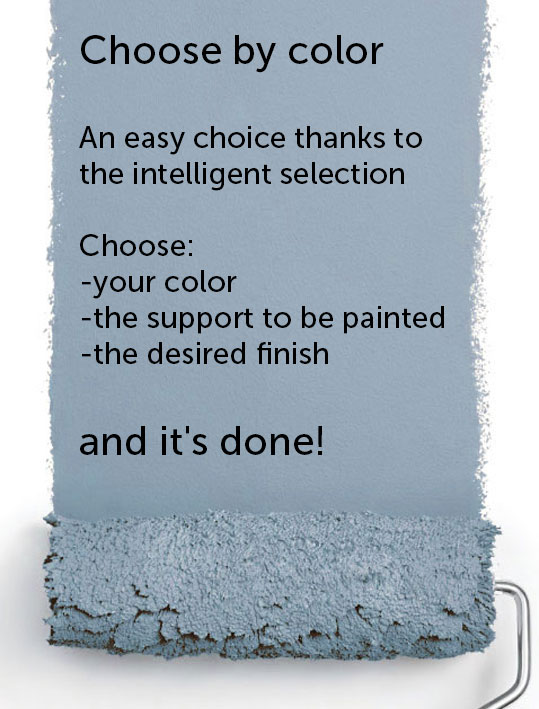FAQ Epoxy resin
-Why do you have to insulate the wood before pouring the resin?
Since the air in the wood will seek to escape when the epoxy resin dries, a "blocking" layer should be applied to seal the pores of the wood or any other porous surfaces to prevent bubbles from forming of air.
For the sealing phase, simply apply a thin layer of epoxy resin with a brush or roller to reduce the risk of air bubbles forming.
If you are covering extremely porous wood, raw wood or with large holes, it is very difficult to seal with a single coat. We recommend that you apply two passes to minimize the risk of air bubbles appearing. The best method for sealing this type of wood is to use a plastic squeegee or a plastic putty knife that allows the application of a slightly thicker layer.
-How to color the epoxy resin?
The process of coloring the epoxy is quite simple. The epoxy and hardener should always be mixed according to the package directions. Once the two main ingredients are mixed, it's time to add your colors. When adding the pigment to the mixture, it must represent between 1% and 5% by weight of the mixture (in general - there are always exceptions) as this will affect the delicate balance necessary for the proper conduct of the chemical reaction . Depending on your degree of translucency or opacity, continue to adjust the amount of color added to the mixture until you get the desired result.
You can use the set of liquid pigments present on the site, which can be mixed together to obtain other colors according to your imagination.
Metallic pigments are also available. Use them separately or together for amazing effects.
You can mix liquid pigments, metallic pigments to create your colors.
The phosphorescent pigments should not be mixed with other colors, their luminous effect would be too attenuated.
In any case, you should try a color test before your final project.
-My epoxy does not harden, what to do?
The possible causes are: Mixture out of ratio.
If your epoxy resin mixture has not hardened well, you may have mixed too much or not enough hardener, it is very important to respect the ratio when preparing your resin and hardener mixture.
Insufficient mixing. You may not have mixed long enough for the resin and hardener to be mixed adequately for proper curing. Always mix well for at least 5 minutes. Be careful if you mix a very large amount of resin to make a thick pour you have to stir longer, when your preparation becomes transparent normally it is quite mixed.
Low temperature. The epoxy will need more time to cure if your room temperature is below the recommended temperature. It may be too cold in your room mounted the heating will help.
My epoxy is taking too long to cure. What can I do to speed it up? Be patient, it's safer. But if you are in a hurry and you are sure that the ratio your preparation is good, the best way to accelerate the hardening is to raise the temperature in the room in which your project is located. Every 8 ° C can cut the processing time in half.
Be careful, if the epoxy is too heated, it can harden too quickly and crack or bubble excessively.
There is no time delay for curing, even if your project has been in a cold room for weeks and is not fully curing, increasing the temperature of the room will complete the curing process.
-Is it possible to work the resin after drying?
Yes, the resin this pumice, planes, files, a bit like wood. It can also be revarnished or polished.






